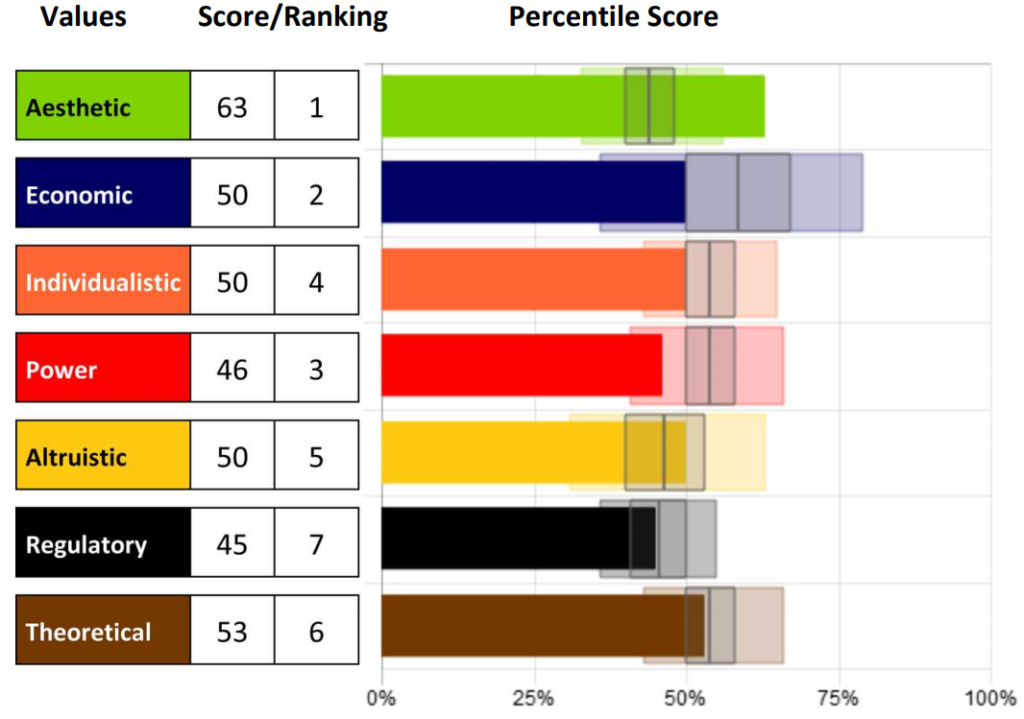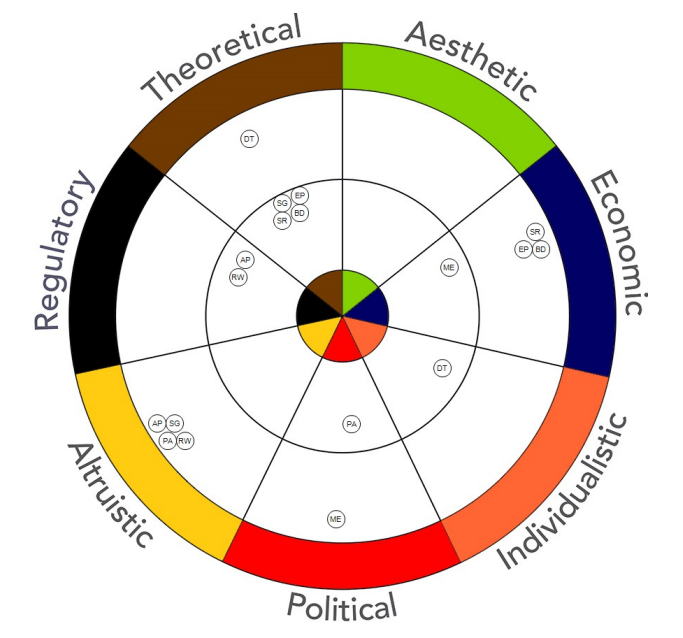Employee happiness and productivity at work have been the focus of HR experts worldwide for several years now. The term Employee Engagement is used to identify what motivates employees to work, their level of commitment to the company, and whether they are putting in their best efforts at work.
The Employee Engagement Crisis
The Worldwide Employee Engagement Crisis by Gallup reports that only 13% of the worldwide workforce is engaged at work! In the US, that number is 32%. In other words, employees aren’t motivated to give their best efforts at work and therefore companies are losing out on a lot of productivity.
The lack of employee motivation usually translates to underperformance, a conscious effort to suppress performance, and employee turnover among other things. Traditionally, employers have thrown money at the problem thinking that a salary increase will do the trick, but it rarely does.
So what’s the problem?
The 7 Dimension of Employee Motivation
The key to unlocking the engagement puzzle is to understand what truly motivates your employees. Based on the research of Dr. Gordon Allport (Harvard University) and Dr. Eduard Spranger, two of the leading minds in psychology, there are seven universal dimensions of motivation that exist within each of us:
- Aesthetic: A strong desire and need to achieve equilibrium and work-life balance. Individuals with a high aesthetic drive tend to be creative, imaginative, and unconventional in how they think and work. Work environments that are very formal, include micro-management, strict working rules, and rigid structures are turn-offs. Such individuals value comfortable office layouts that look “nice” and tend to be advocates of environmentally friendly initiatives.
- Economic: This motivation examines the need for security, economic gain, and to achieve real-world returns on personal ventures. Such individuals are highly motivated by activities that increase personal wealth and are very practical in their working style. They have a competitive nature and want to be incentivized for their achievements at work. Tasks that are not practical and jobs that offer little to no economic incentive lead to demotivation.
- Individualistic: This deals with one’s need to be seen as autonomous, unique, independent, and to stand apart from the crowd. Such individuals want the freedom of personal expression and want to have a say in the type of work they do and how they do it. Taking orders and having no say in how to do their work doesn’t sit well with them.
- Political: This is about being seen as a leader and to have influence and control over one’s environment or success. Individuals with high political motivator seek leadership positions and strive for authority. They are competitive and want control over their environment. Such employees want an opportunity to grow into positions where they have authority and influence over the department/company direction.
- Altruistic: This motivation is an expression of the need to benefit others, sometimes at the expense of oneself. Individuals with a high altruistic motivation value helping others and assisting their colleagues. They get personal satisfaction from helping people and want the opportunity to positively affect the lives of others. Such individuals are perfect for jobs that involve humanitarian causes, human resources, education, and so forth.
- Regulatory: This indicates a need to establish order, routine, and structure. Individuals with a high regulatory drive are not comfortable working in laissez-faire environments. Ambiguity and uncertainty are their enemies; they approach work traditionally through standards, rules, and protocols.
- Theoretical: The desire and motivation to learn and gain knowledge. Individuals with a high theoretical drive want a job that will help them increase their knowledge and skills. Such individuals also have an internal drive for continuous learning and development. They are rational thinkers and want the ability to use their reasoning and problem-solving skills at work.
We are all motivated by these seven universal dimensions in varying degrees. When companies understand and act upon the motivating drivers of their employees, productivity receives a boost and employee retention goes up.
Measuring Employee Motivators
The Motivators Index is a scientifically-validated assessment based on the work of Dr. Gordon Allport and Dr. Eduard Spranger. It allows companies to measure the motivators of each employee and create group reports that enable in-depth analysis of the results.

Measuring employee motivators is slowly becoming common practice during recruitment and promotion cycles. Matching an individual’s motivators to the job allows companies to place the right candidate in the right job.

Keep in mind that acting on employee motivators alone cannot change the fate of a company. There are many factors that result in the success of a business, but employee engagement and motivation are important contributing factors.





